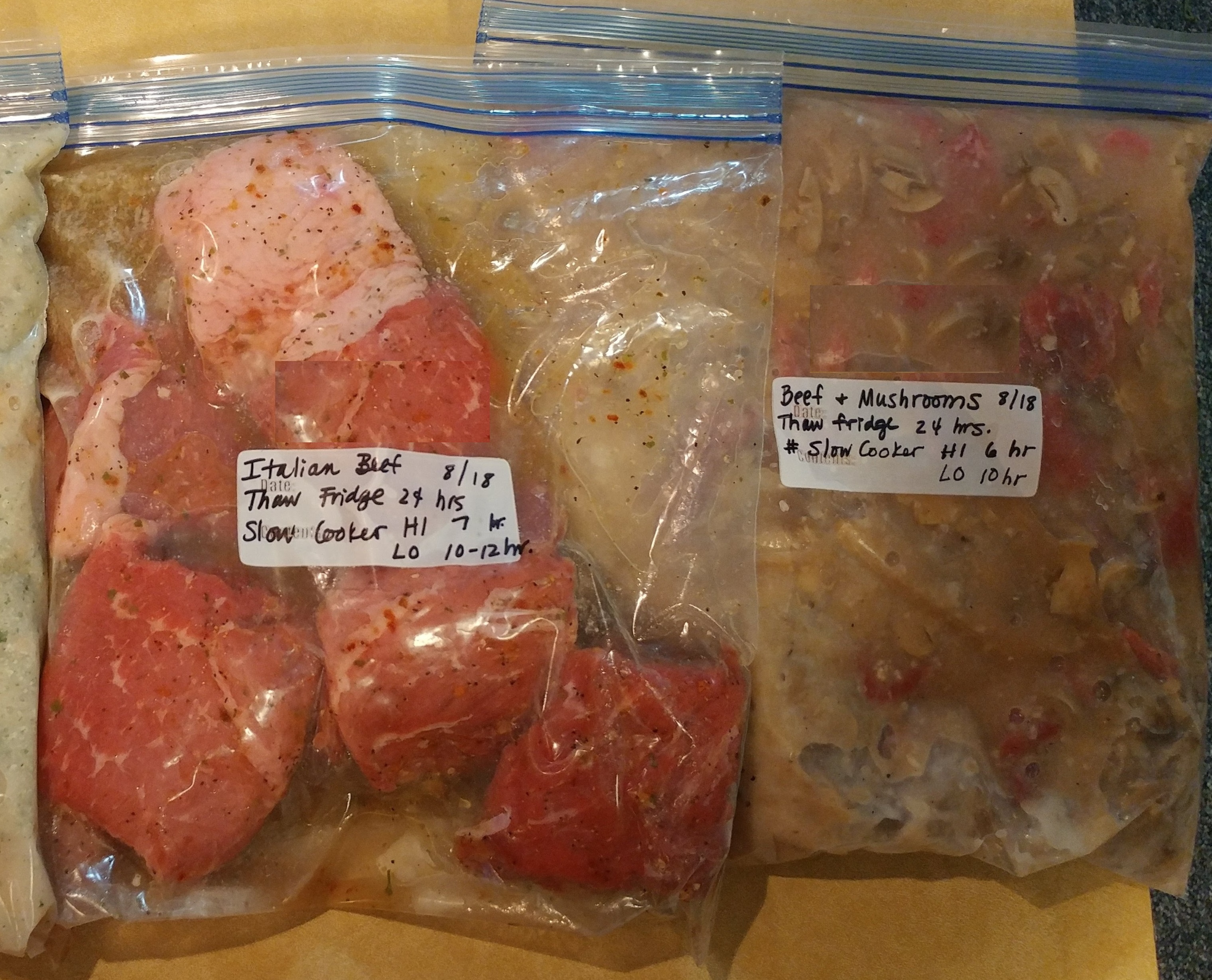This fall has presented many challenges for my family with eating a nutritious dinner as one of them. With back-to-school, work, homework and my kids extra-curricular activities, we found ourselves hitting the drive-thru more times than not. While discussing my troubles with a co-worker, they recommended I dust off my slow cooker and put it to work. Duh! Why didn’t I think of that? I decided to take full advantage of my slow-cooker and gain back my nutrition, time, and sanity.
As humans, we want tried and true recipes that we know others enjoy. What better way to get that than to team up with your co-workers and turn it into a project! At the beginning of the month, my office teammates and I started a Facebook campaign of slow cooker recipes for the month of October. Every day we have been posting a slow cooker recipe that our families enjoy. Not only did we want to share recipes, we wanted to share educational information with them.
Prior to the recipe posts we started with some slow cooker safety tips:
1. Make sure everything is CLEAN.
2. Keep food COLD until it’s time to assemble.
3. DEFROST meat first. Never put frozen meat into your slow cooker.
4. Cut meat into SMALLER pieces.
After that information was posted on social media, I received a lot of comments related to thawing meat prior to slow cooking. You can find additional information on this topic in one of our previous blog posts: “Using Your Slow Cooker Safely”.
We’ve also been keeping all the recipes on our county website to make it easier for people to find and print them. The great thing is you will find a mixture of recipes! We have a collection of breakfast dishes, soups, drinks, desserts, appetizers, and entrees. With the month coming to an end, we are sad to see this project come to an end, but excited to start working on the next one!
Sources:
Goard, L. (2011, October 18). Using your slow cooker safely Retrieved from https://livehealthyosu.com/2011/10/18/using-your-slow-cooker-safely/
Jeffers, M.K. (2021, August 3). Cook slow to save time: four important slow cooker safety tips Retrieved from https://www.usda.gov/media/blog/2017/10/24/cook-slow-save-time-four-important-slow-cooker-food-safety-tips?fbclid=IwAR31cTEAHJQ06p-sUCtrU4Ca2KkSNuPfHMBiBWTR7CqgQ_oy8oSQ_olhrlI
Author: Amanda Bohlen, Family and Consumer Sciences Educator, Ohio State University Extension, Washington County, bohlen.19@osu.edu
Reviewer: Jenny Lobb, Family and Consumer Sciences Educator, Ohio State University Extension, Franklin County, lobb.3@osu.edu



